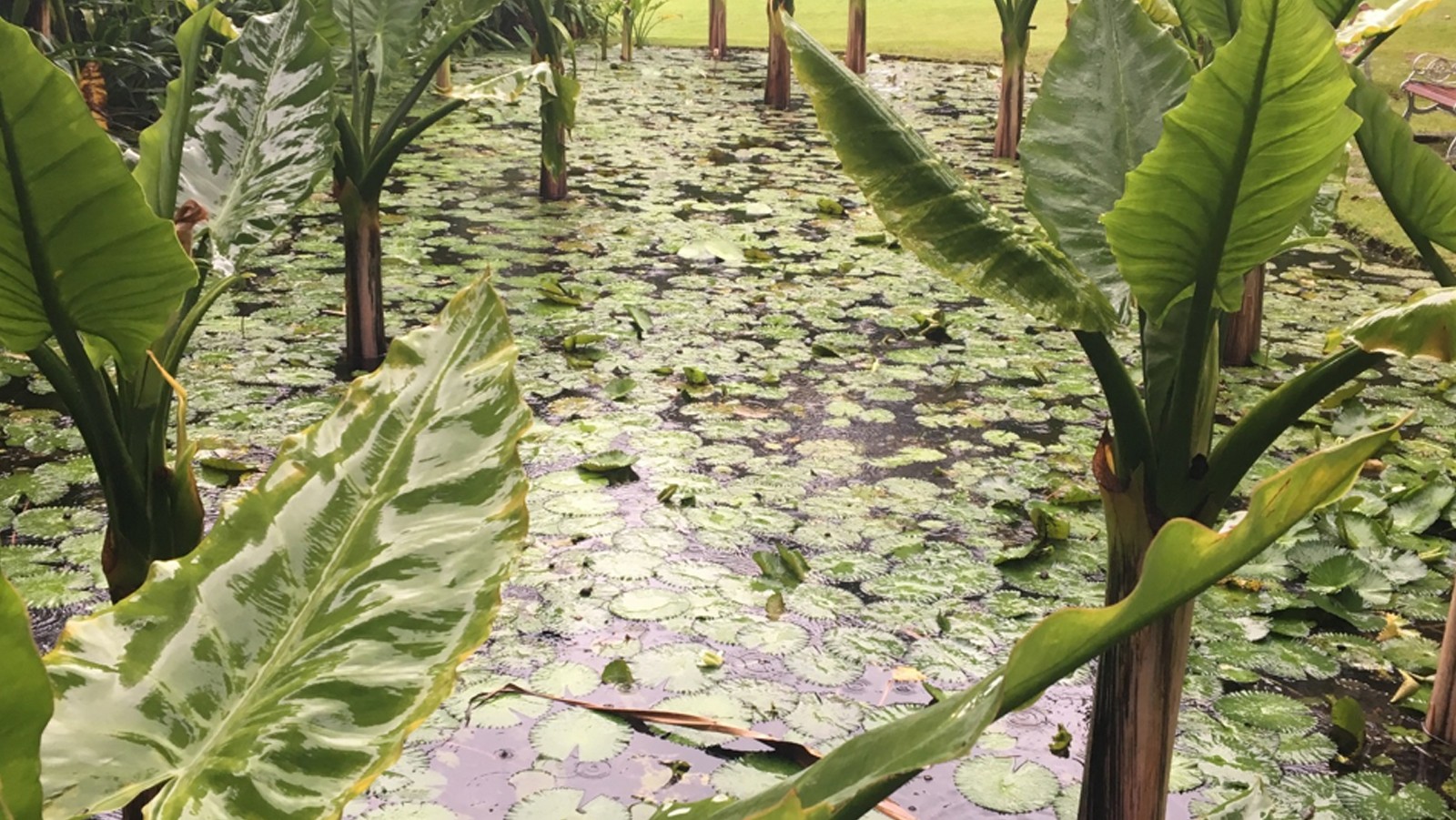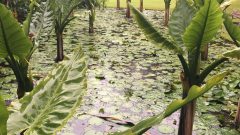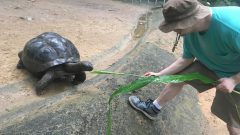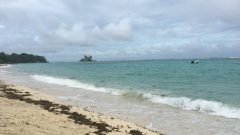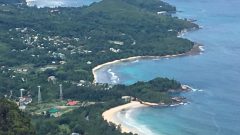Photo Gallery Story
Originally published on the I07 GOSHIP Blog. Author: Chuck Kleinwort
Life aboard a GO-SHIP cruise can be pretty hectic. When CTD operations are in progress, work is being done on a twenty-four hour a day, seven days a week schedule. Samples are drawn and analyzed as fast as they can be processed. In a little over three weeks, sixty-four CTD casts have been performed and around 1500 samples have been drawn by the scientists working onboard. This busy schedule leaves little time for rest and relaxation, as the data we are collecting is very important and every sample drawn provides one more snapshot of evidence to the current state of the Indian Ocean. Luckily for us, there was an opportunity provided by NOAA to visit the Seychelles Islands in the mid-point of our sampling operations. This stop provides a welcome reprieve from the rigors of the constant sampling scheme and gives both scientists and crew a chance to experience the natural majesty of the region.
The Seychelles Islands are a chain of rocky islands northeast of Madagascar. They were colonized in the 1700s by French nationals, and a plantation lifestyle similar to the Caribbean Islands was instituted. Goods such as cinnamon and chilies were grown in the tropical environment initially but shifted to less labor-intensive crops like coconuts later on. In the early 1800s, the British took control over the island and it remained a colony until its’ independence in 1976. This time of year is the tail end of the local monsoon season. It is common during this period for northwest winds to bring large amounts of precipitation to the islands.
Image Captions
From Left:
- View of the eastern shore of the island Mahe from the summit of Morne Blanc, a local hiking trail. Photo Credit: NOAA.
- Enjoying the tropical beaches of the island. Photo Credit: NOAA.
- Scientist Andrew Whitley feeding a giant tortoise. The animals are native to the region and can grow up to 250 kg (over 500 pounds) and have been proven to live longer than 170 years. Photo Credit: NOAA.
- View from the botanical gardens in Victoria. Photo Credit: NOAA.
I am text block. Click edit button to change this text. Lorem ipsum dolor sit amet, consectetur adipiscing elit. Ut elit tellus, luctus nec ullamcorper mattis, pulvinar dapibus leo.
